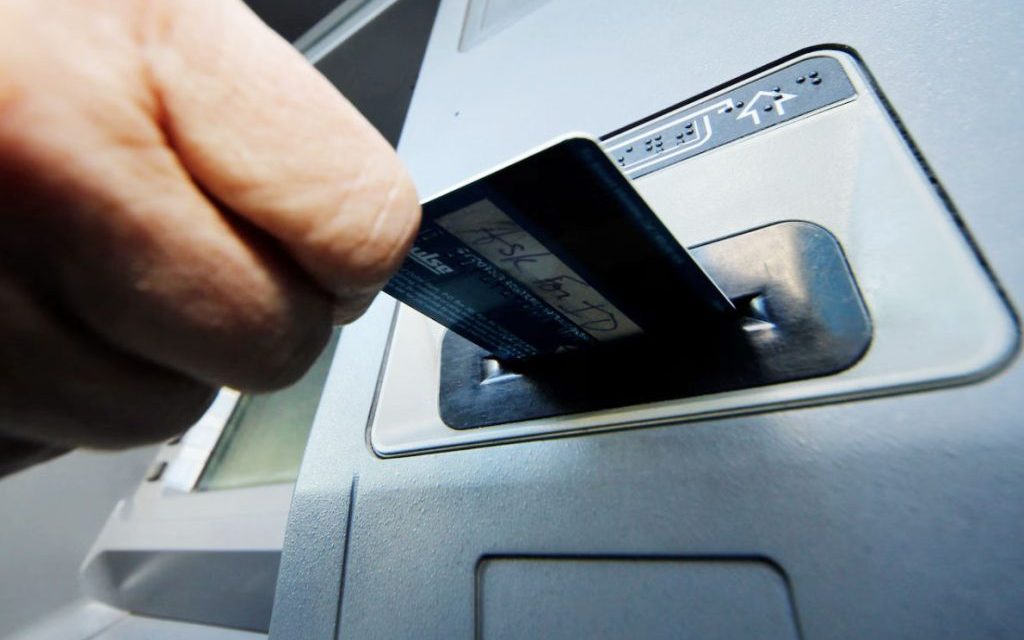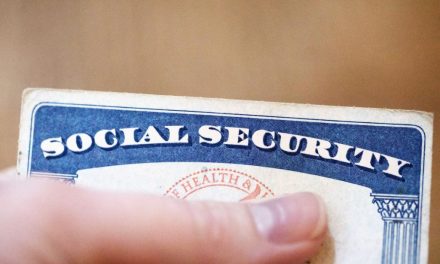By Leada Gore
Credit card skimmers can give crooks access to your money – all before you even know your information has been stolen.
Skimming involves criminals installing covert devices on card-reading machines used at gas stations, ATMs and other point-of-sale terminals. The devices then capture and steal data, including the PIN, from the magnetic strip on the card. Once they have that information, criminals can use the data to create fake debit or credit cards to steal from the victim’s accounts.
FICO reported a 77% increase in the number of credit and debit cards hit by skimmers in the first half of 2023, with 120,000 cards being compromised. That’s a 368% increase in the number of compromised cards from 2021-2022 with each skimming attack stealing information from an average of 185 cards.
According to the FBI, skimming costs financial institutions and consumers more than $1 billion annually.
There are things you can do to protect yourself and your money. Here are the best tips from the FBI:
Gas station skimmers
Fuel pump skimmers are usually attached to the internal wiring on the machine, making it very difficult for customers to see. The devices store the data to be downloaded or wirelessly transferred later.
If you’re using a card at a fuel pump, the FBI recommends you:
- Choose a fuel pump closer to the store and in direct view of the attendant. These pumps are less likely to be targets for skimmers.
- Run your debit card as a credit card. If that’s not an option, cover the keypad when you enter your PIN.
- Consider paying inside with the attendant, not outside at the pump.
ATM and point-of-sale terminals
Skimmers used on ATMs or checkout devices typically fit over the original card reader. Some ATM skimmers are inserted into the card reader, placed in the terminal or situation next to exposed cables while others use pinhole cameras installed on the ATM to record someone entering their PIN.











